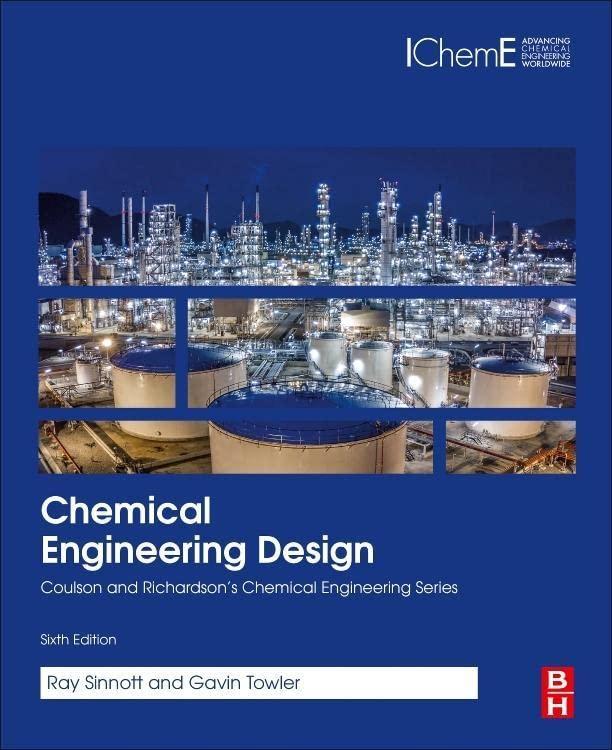Example 4.1 examined the equilibrium distribution of hydrocarbon compounds within a single carbon number (C 5 ).
Question:
Example 4.1 examined the equilibrium distribution of hydrocarbon compounds within a single carbon number (C5). In reality, cracking reactions to ethylene, propylene and other light alkenes and alkynes will have a significant effect on the yield of a cracking process. 1. What is the effect of including C2 and C3 compounds on the equilibrium distribution? 2. What is the effect of including coke (carbon) as well as the C2 and C3 compounds? 3. What do these results tell you about cracking processes?
Data from example 4.1
When heavy oils are cracked in a catalytic or thermal cracking process, lighter hydrocarbon compounds are formed. Most cracking processes on heavy oil feeds form products with carbon numbers ranging from two to greater than twenty. How does the equilibrium distribution of hydrocarbon compounds with five carbons (C5 compounds) change as the temperature of the cracking process is increased at 200kPa?
Step by Step Answer:

Chemical Engineering Design
ISBN: 9780081025994
6th Edition
Authors: Ray Sinnott, R.K. Sinnott, Sinnott Gavin Towler





